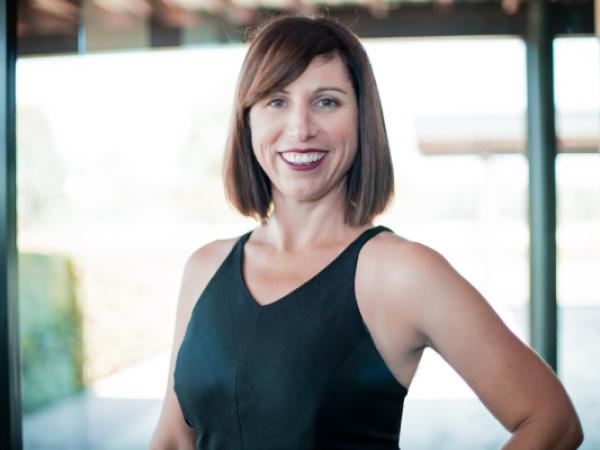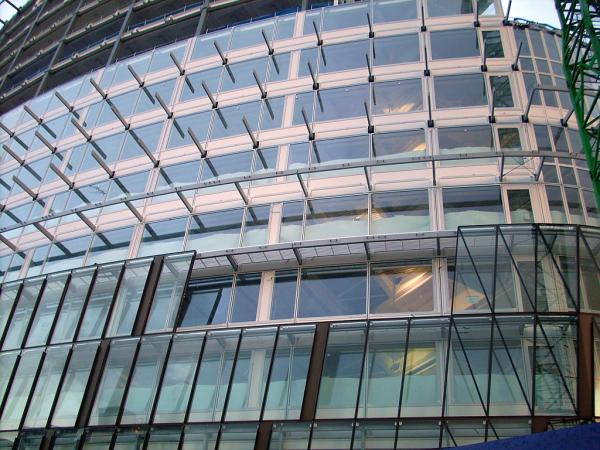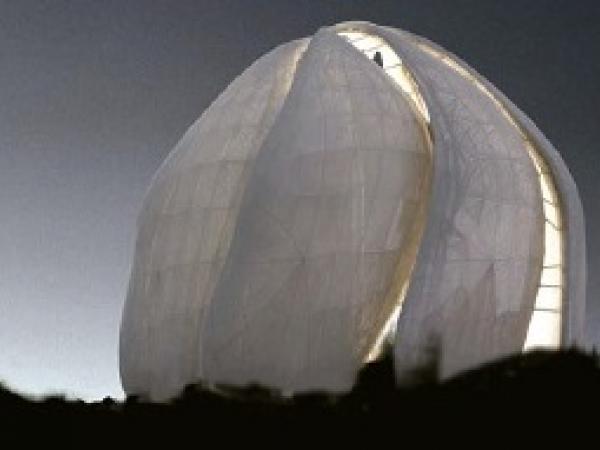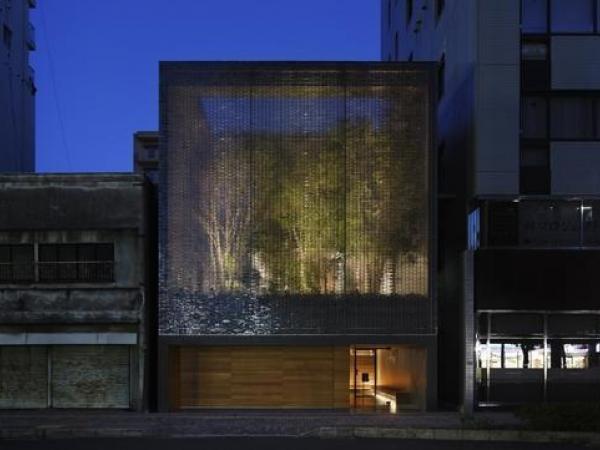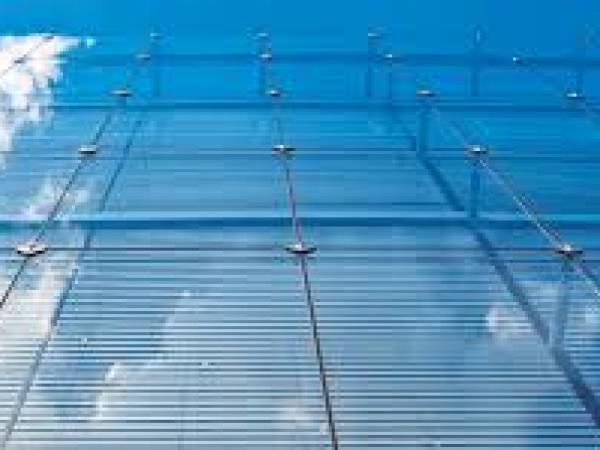Others also read
| Samantha Anderson talks about glass selection in the home building process and how important it is to get the timing and choice right.
| Thanks to the committed involvement of architectural offices, university departments and industry associations, glasstec offers some unique added value: the special show: glass technology live!
| sedak GmbH & Co.KG, Germany, operates the largest insulating glass line in the world – about extraordinary glass processing and the role of LiSEC.
| Cost cutting, it is often said, is difficult in glass production and processing as this sector is characterised by manual processes.
| Since Oribay began with its Oritape production (commercial brand for its own adhesives), 92% of their customers have already chosen this alternative.
| For a period of time now the use of Double-Skin Facades have increased due to their relevant usage and profit with respect to their possession of increased energy efficiency and daylighting improvement.
| Today’s functional buildings tend to have shapes that go much further than pure expediency, and glass is therefore used more and more frequently as a structural support element.
| In August 2013, the LiSEC development team started a major project with the mission: redesign of the tempering furnaces in order to save manufacturing costs and at the same time increase the process reliability. Result: the AEROFLAT.
| Touchscreen displays, LED technology and ultra-thin glasses: The multifunctional diversity of glass in IT and architecture will, in the long term, lead to a combination of both.
| Internorm is the market leader in Austria as a manufacturer of high-quality window systems and doors and the leading window brand in Europe.
| A More Sustainable Approach for Future Façades
| Fondation Louis Vuitton deploys SentryGlas® ionoplast interlayer – part of the Trosifol Structural & Security Product Portfolio – and Dow Silicone to fl oat like a sailboat above the treeline of the Bois de Boulogne in Paris
| The Flachglas Group employs around 1,100 employees at three sites in Switzerland and three sites in Germany – around 650 of them generate revenues of approx. € 70 million at the Wernberg site (Bavaria).
| Over half the world’s seven billion inhabitants live in cities, by the year 2050 the number will grow to almost ten billion. In order to avoid a climatic collapse in the metropolises, there is no other alternative to energy-efficient buildings.
| In just two and a half decades glass has very quickly made the transformation from simple window glass to an almost universally applicable material.
| Cities are eating up an increasing amount of heat and electricity. In order to reduce this consumption, buildings have to become increasingly efficient and integrate more renewable energies.
| The crisis of the photovoltaic industry is drawing to a close. While it is true demand for solar modules is dropping in Europe, demand in many other regions is rising rapidly.
| Thanks to on-going research and development efforts glass products can take on ever new functions.
| Finding ways to improve energy efficiency is one of the greatest challenges facing contemporary architecture.
| Although the costs for solar power have come down considerably lately, photovoltaics are still unable to compete with conventional energy sources.
| This abstract focuses on the idea of establishing an explicit informational level between aesthetic design idea and know-how of façade designing techniques and fabrications.
| A glittering facade of suspended glass blocks veils Hiroshi Nakamura’s winning entry to the ar+d Awards for Emerging Architecture
| Transparent glass facades dominate much contemporary high– to mid–rise urban residential architecture. This article takes a closer look at life behind glass facades in contemporary surveillance culture.
| The architectural façade has long been a compelling focus of interest for building scientists and designers alike, combining attributes of both appearance and performance in a manner unlike any other building system.


